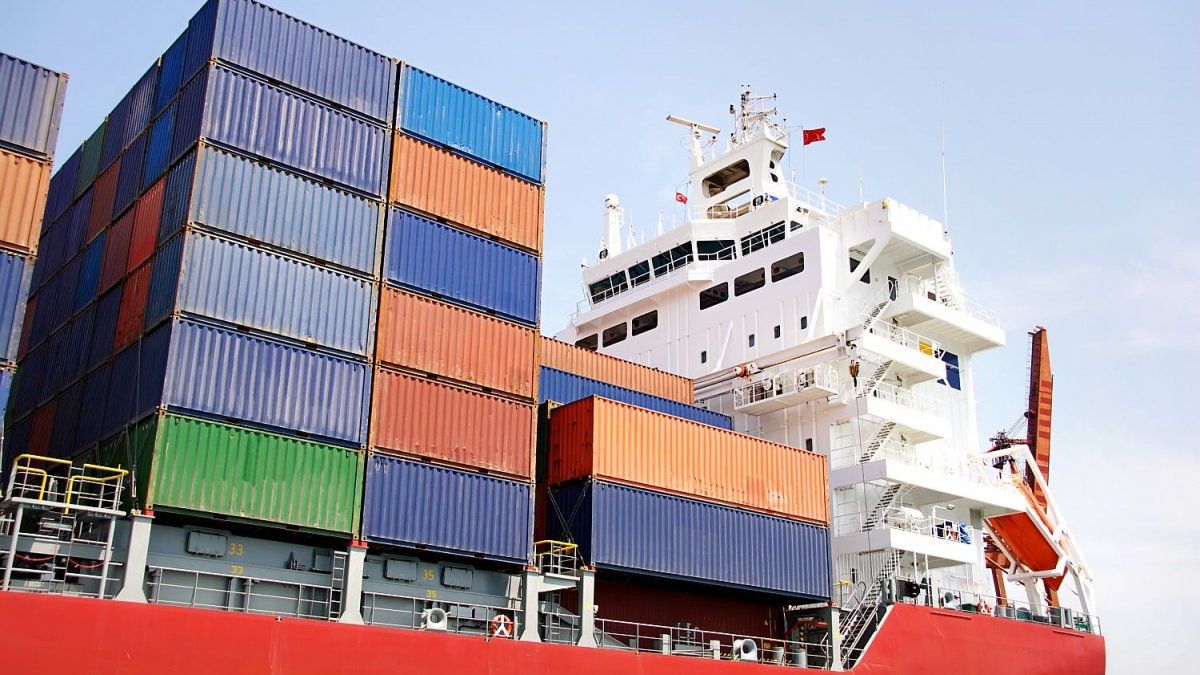Analysts are optimistic about business performance, projecting that The surplus could reach US$20 billion in 2024, especially promoted by the sector agriculture and energy. However, the most recent April report published by the National Institute of Statistics and Censuses (INDEC) raises reflections, especially regarding the dynamics of imports.
The consulting firm LCG observes that import levels similar to those in April could indicate a stabilization in economic activity in May. Although he warns that if the exchange delay persists, Exports could be affected and speculative factors could again influence import demand.
And in 2024, Argentina is generating the largest trade surplus in the balance of goods (measured in current dollars, computed nominally) since 2001, but fresh funds of US$16,000 are expected for the year, according to a report from Marcelo Elizondo, president of the International Chamber of Commerce (ICC) in Argentina.
On the positive side, Elizondo highlights that it is a support for the needs of the Central Bank. On the negative side, he states that the reasons “not all are susceptible to being praised” where he lists the recession that reduces demand for imported goods, devaluation that impacts foreign trade results by making imports more expensive and the postponement of payments for imports.
“It is also true that a main reason for the aforementioned favorable result is the unusual drop in imports (in the period, exports grow in relation to the very bad previous year by 9.8% while imports fall in the interannual comparison by 23.8%; as shown below -source INDEC-). But, once again, this favors the monetary, exchange rate and even macroeconomic policy of the government administration.
Slight recovery in imports
For its part, ABECEB highlights that the first five months have registered a trade surplus close to US$9,000 million, projecting that exports, especially in the primary and energy sector, will continue to show growth in quantities. RRegarding imports, they anticipate a slight recovery in line with the expected improvement in economic activity and the gradual appreciation of the peso.
exports-imports-trade-shipjpg.webp
In contrast, ACM highlights that the good performance of the Argentine Commercial Exchange is due to an increase in exports, mainly of primary products, and a decrease in imports, driven by a higher exchange rate and lower economic activity. ANDThey expect the trade surplus to remain this year thanks to the energy surplus and the recovery, although moderate, of agricultural exports.
“We maintain our estimates of a trade surplus between US$12,000 and US$15,000 million,” concludes ACM, highlighting the uncertainty about how economic and exchange variables will evolve in the coming months.
Source: Ambito




